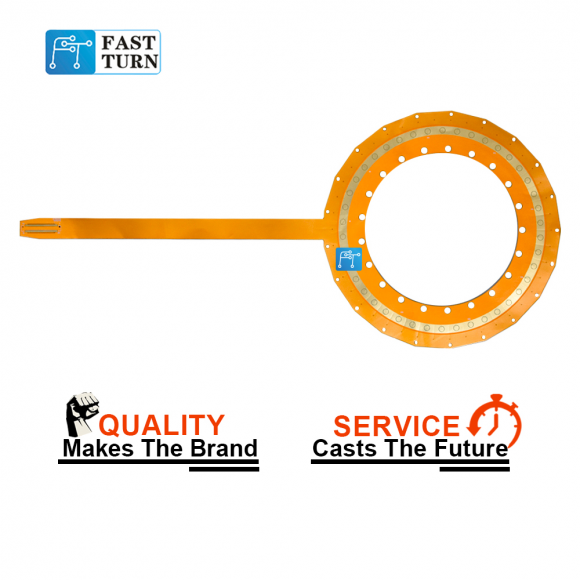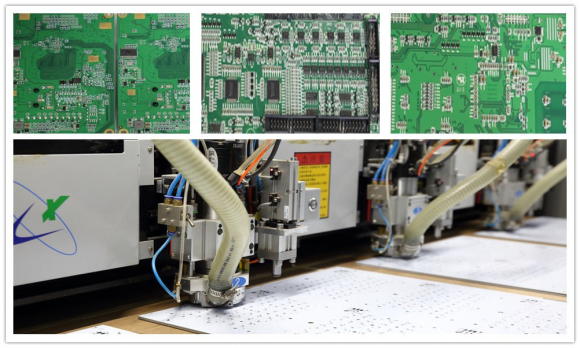The growing need for digitization in consumer and industrial electronics has driven many innovations in the PCB manufacturing process. Advanced PCB substrate materials such as epoxy resin and polyamide meet the growing demands of the global PCB market. Recycling of PCBs is now being given extensive attention to meet environmental and sustainability guidelines set by government authorities.
Communication and automotive industries are the major applications driving the global PCB market. Technologies such as artificial intelligence, Internet of Things, and 5G mobile communications have also affected PCB manufacturers, bringing about a revolution in PCB design and manufacturing technology. We’ll take a look at the latest PCB design and manufacturing trends.
Flexible Printed Circuit Board
One of the rapidly growing trends in PCB manufacturing is the use of flexible PCBs, as they can be formed into any shape or size. Advantages of flexible PCBs include smaller size, greater flexibility, and a variety of substrate options. These properties make them best suited to the requirements of medical, wearable and other specific applications. In addition to Flex PCB, there is also Rigid-flex PCB for compact product development.

HDI
Automation in every field has led to increased demand for high-density interconnect (HDI) PCBs as they provide reliable and high-speed signal transmission. HDI PCBs offer smaller trace widths, which increases routing density. The reduced number of PCB layers also reduces production costs. Therefore, HDI PCBs are crucial in smart applications such as aerospace, medical and wearable technology devices.
High power PCB
With the focus on renewable energy sources such as solar energy, the demand for high-power PCBs is growing significantly. Most solar panels operate on a voltage range of 24 V to 48 V. In addition, electric vehicles also increase the requirements for high-power boards. Accommodating a long-lasting battery pack will allow the product to run longer, requiring a high-power board design with efficient heat dissipation.

PCB automatic placement machine
PCB design technology also optimizes efficiency by introducing auto-placers and auto-routers in EDA tools. This automation is accelerating design time-to-market and improving quality. Going forward, CAD systems will be integrated with the process, increasing the speed of design and simulation.

smart device needs
With the trend of connecting smartphones with smart homes or smart offices, there is a growing demand for smart devices. Such applications require scalable and securely connected devices. This could be a huge revenue stream in the future, thus requiring PCB manufacturers to be flexible and adaptable to capture the market.
COTS components
These are off-the-shelf products for commercial applications that are fully or partially designed and assembled to speed up the design process and other benefits. Because they meet strict standardization and regulatory guidelines, they are an excellent choice for critical and space-based systems. Additionally, they provide reliability and efficiency with low overhead. The aerospace industry uses COTS components extensively, and other fields may catch up soon.
Parts supply chain
Control As new applications emerge, there are many opportunities to introduce new components. There is a growing need to avoid counterfeit components from the supply chain. This is very necessary for critical applications such as medical devices, artificial intelligence, virtual reality, etc. New PCB manufacturing methods are needed to control this problem, such as embedding a tiny chip inside the component to guard against counterfeiting.
IoT PCB
IoT devices are compact, portable, and reliable, prompting PCB manufacturers to incorporate security features to prevent tampering. IoT PCBs must follow specific standards and regulations to comply with the required security.
Biodegradable PCBs
Traditional PCB is difficult to achieve harmless disposal, because it contains a large number of non-degradable chemical substances. Discarded PCBs contribute to e-waste, increasing global concern for e-waste management. Biodegradable PCBs are the key to solving this problem, which also requires PCB scrap metal recycling.